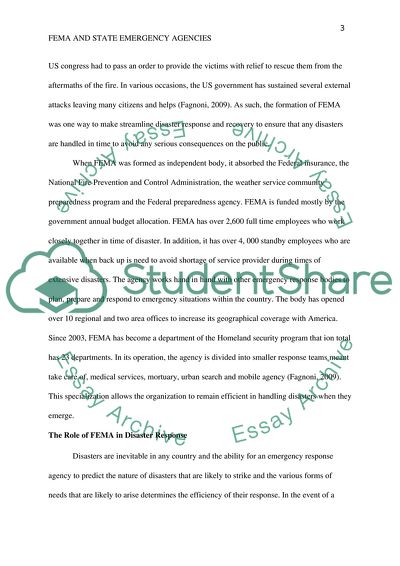Cite this document
(Introduction to Emergency Management Research Paper, n.d.)
Introduction to Emergency Management Research Paper. Retrieved from https://studentshare.org/social-science/1810573-fema-and-state-emergency-agencies
Introduction to Emergency Management Research Paper. Retrieved from https://studentshare.org/social-science/1810573-fema-and-state-emergency-agencies
(Introduction to Emergency Management Research Paper)
Introduction to Emergency Management Research Paper. https://studentshare.org/social-science/1810573-fema-and-state-emergency-agencies.
Introduction to Emergency Management Research Paper. https://studentshare.org/social-science/1810573-fema-and-state-emergency-agencies.
“Introduction to Emergency Management Research Paper”, n.d. https://studentshare.org/social-science/1810573-fema-and-state-emergency-agencies.


